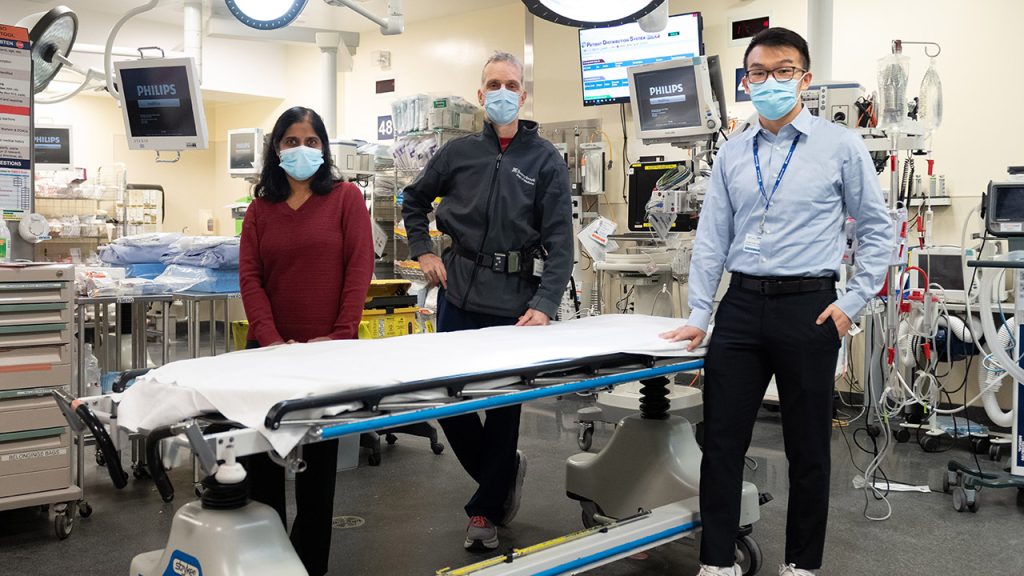A new study from Sunnybrook scientists suggests an underlying hesitancy to get vaccinated against COVID-19 may be associated with increased risks of traffic accidents.
The research was published in The American Journal of Medicine.
Using a population-based approach, the study included over 10 million adults and more than 6,000 traffic crashes throughout Ontario. “We identified adults who had or had not received a COVID vaccine, and followed each person for a traffic crash requiring emergency care,” explained Dr. Donald Redelmeier, principal investigator and senior scientist at Sunnybrook Research Institute.
The study found unvaccinated adults accounted for 1,682 traffic crashes (25%), equal to a 72% increased relative risk compared to those who were vaccinated. The increased traffic risk was more than the risk associated with diabetes or dementia and second only to the relative risk associated with a history of alcohol misuse.
“Our study demonstrated traffic risks were 50%-70% more frequent for adults who had not been vaccinated compared to those who had,” says Dr. Redelmeier. “This does not mean COVID-19 vaccination directly prevents traffic crashes. Instead, it suggests that adults who do not follow public health advice may also neglect the rules of the road.”
The authors recommend that individuals who hesitate to take the COVID-19 vaccine reflect on their choices and recognize how such decisions have repercussions in ways they do not imagine. Strategies to avoid a traffic crash include obeying speed limits, minimizing distractions, and never driving drunk.
“We don’t want unvaccinated people to feel persecuted and are not suggesting they stop driving; instead, we suggest they drive a bit more carefully,” says Dr. Redelmeier. “Physicians counseling patients who decline COVID-19 vaccination could consider safety reminders so their patients do not become traffic statistics.”
